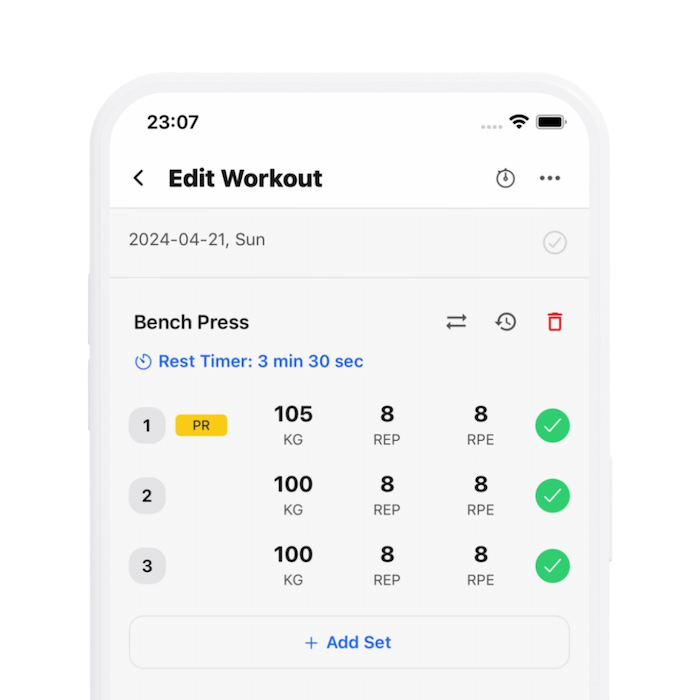30 Seconds SummaryNot All Foods Are Created Equal: Introducing the Nutrient Density Inde
- The Nutrient Density Index (NDI) measures how nutritious foods are based on the plethora of essential vitamins and minerals they contain.
- Eating a variety of foods is crucial as different foods contain different nutrients, but simply consuming various vegetables does not guarantee adequate vitamin intake, e.g., vitamin K is mostly found in dark leafy greens, not common vegetables like tomatoes or onions.
- For practical dietary variety without overwhelming choice, rotating food types weekly and using mixed food bags can help achieve a balanced intake of nutrients.
- The NDI was calculated by assessing the percentage of the Recommended Daily Allowance (RDA) for each nutrient a food provides per 100g, capping each nutrient's contribution at 100% to avoid overvaluing foods with high amounts of a single nutrient.
- Top nutrient-dense foods according to the index include organ meats and seeds, but common vegetables generally score lower due to their lower nutrient density per 100 grams.
- A Calorie NDI was also created to demonstrate how foods stack up in nutrient density when considering their caloric value, revealing that vegetables are more competitive in nutrient density when calorie content is accounted for.
- The study faced limitations such as outdated RDA values, different nutrient absorption rates, and varied individual nutrient needs, indicating that findings should be interpreted with caution and not overemphasized in diet planning.
- Overall, while the NDI can guide healthier food choices by highlighting particularly nutrient-rich foods, variety and a balanced diet remain key for optimal health.
Renaissance Periodization
Tiago Vasconcelos, RP Research Editor
